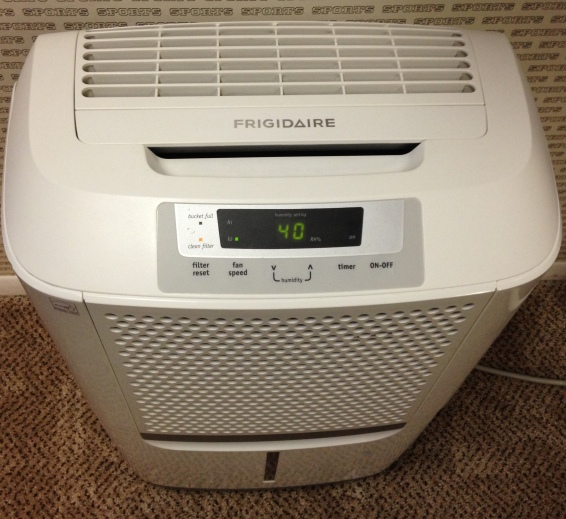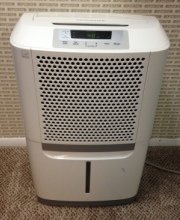Find a Mold Specialist Now
Click or Call, Toll-Free 24/7
home relative humidity Guide
In your home, relative humidity levels are important because too much moisture in the air increases the likelihood of mold in the home. It can also make the home feel stuffy and uncomfortable. On the other hand, too little humidity in your house can lead to dry skin, a dry mouth, chapped lips, and a sore throat. It can even damage your home, causing paint to crack and peel and warping wooden furniture and musical instruments. It's best for your health and your home if you can maintain a constant level of relative humidity, not too high, not too low.
We'll tell you more about the potential problems related to relative humidity that is either too high or too low in a moment. First, though, let's talk about what relative humidity is.
So What Is Relative Humidity?
You've probably heard the term before, but many people aren't quite sure what it actually means. Relative humidity refers to the amount of moisture in the air compared to how much moisture the air could hold. Warm air can hold more moisture than cold air.
 Dehumidifier showing humidity level of 40%
Dehumidifier showing humidity level of 40%The warmer the air is, the more moisture it can hold. For instance, when it is 50 degrees Fahrenheit, one cubic meter of air can hold nine grams of water. When it is 68 degrees Fahrenheit, one cubic meter of air can hold 17 grams of water. When it is 86 degrees Fahrenheit, one cubic meter of air can hold 30 grams of water.
Relative humidity is expressed as a percentage. For instance, if the air currently contains half the amount of moisture it could hold at the current temperature, the relative humidity is 50 percent.
The U.S. Environmental Protection Agency (EPA) recommends maintaining the humidity in your home between 30 and 60 percent to keep things comfortable, prevent mold, and protect your home from possible damage. Most people feel most comfortable with the humidity somewhere in the middle of that range, maybe 40 to 45 percent.
Problems Caused by High Relative Humidity in the House
Relative humidity that is too high (greater than 50 to 60 percent) can result in the following:
- A house that often feels stuffy or uncomfortable
- Breathing may feel difficult, especially if you have asthma or other breathing problems
- Mold can grow, damaging your home and its contents, as well as causing numerous health problems
Problems Caused by Low Relative Humidity in House
Relative humidity that is too low (less than 30 percent) can result in the following:
- Dry skin (may crack and bleed)
- Chapped lips (may crack and bleed)
- A sore or scratchy-feeling throat
- Wood furniture may warp
- Musical instruments made of wood may warp
- Paint may crack and peel
Monitoring Your Home Relative Humidity
The easiest way to monitor the relative humidity in your home is with a hygrometer. A hygrometer is a device that measures the relative humidity in a room and displays the result on an LCG screen, much like a thermometer measures and displays the temperature. In fact, many hygrometers also include thermometers, so you can monitor the relative humidity and the temperature with one device. Most hygrometers are simple to use, running on batteries.
Having a hygrometer in your home is the easiest way to make sure the relative humidity in your home remains between the recommended 30 and 60 percent. You can read more about a hygrometer for the home.
If you're interested in getting a hygrometer for your home, we recommend this one by AcuRite. It's the top selling hygrometer on Amazon.
Reducing Humidity in Your Home
If you need to reduce the relative humidity in your home, we suggest using a dehumidifier. That's an appliance that removes excess moisture from the air. You can either set it up near a drain so water can drain out automatically or you can empty a collection bucket when it gets full.
Using an air conditioner during hot weather will also help reduce relative humidity and turning on an exhaust fan in the bathroom when showering reduces humidity in the bathroom. A dehumidifier is hands-down the best way to keep the relative humidity below 60 percent, though.
Our favorite dehumidifiers are those made by Frigidaire. Frigidaire offers dehumidifiers in a variety of sizes and you can read about how to choose the right size dehumidifier for your home. To see the options offered by Frigidaire and to read reviews written by people that own Frigidaire dehumidifiers, just follow the links.
Return From Home Relative Humidity To Our Main Dehumidifier Page
Ref: EPA
Privacy Policy Terms and Conditions Accessibility Do Not Sell My Information Disclaimer Contact Us




